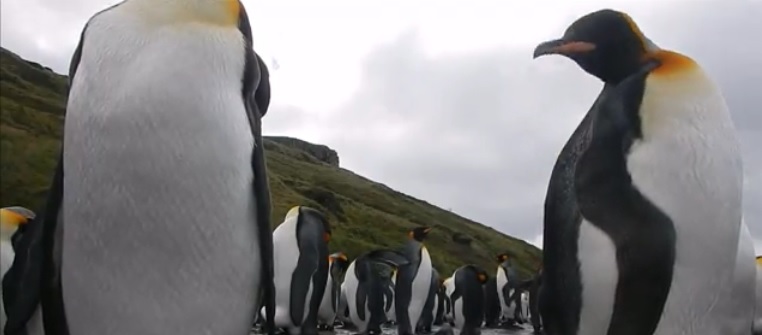Chimpanzees & Bonobos
Even though the Congo River keeps them apart today, chimpanzees and bonobos managed to interbreed several times in the past.

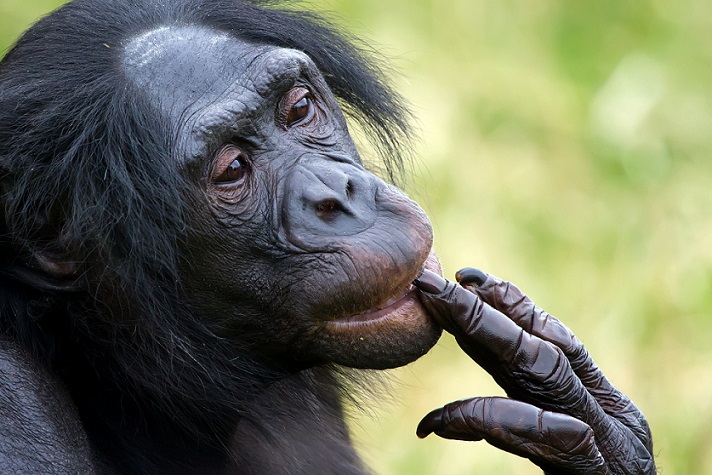
Even though the Congo River keeps them apart today, chimpanzees and bonobos managed to interbreed several times in the past.

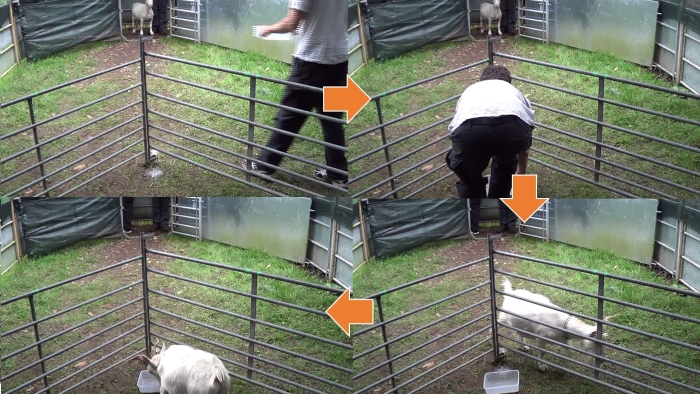
Domestic goats learn to do a challenging task by watching humans do it first.
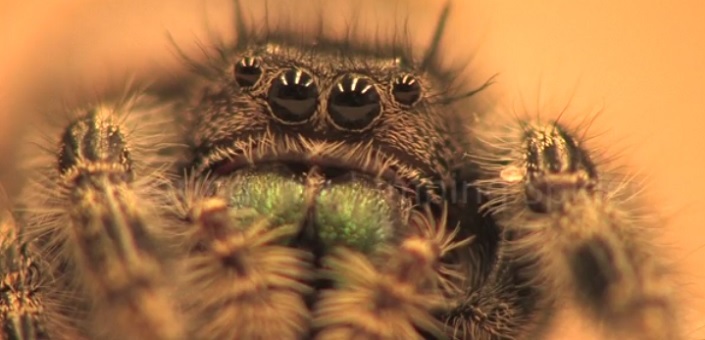
Scientists discover that a spider renowned for its sharp vision can also hear with its hair.
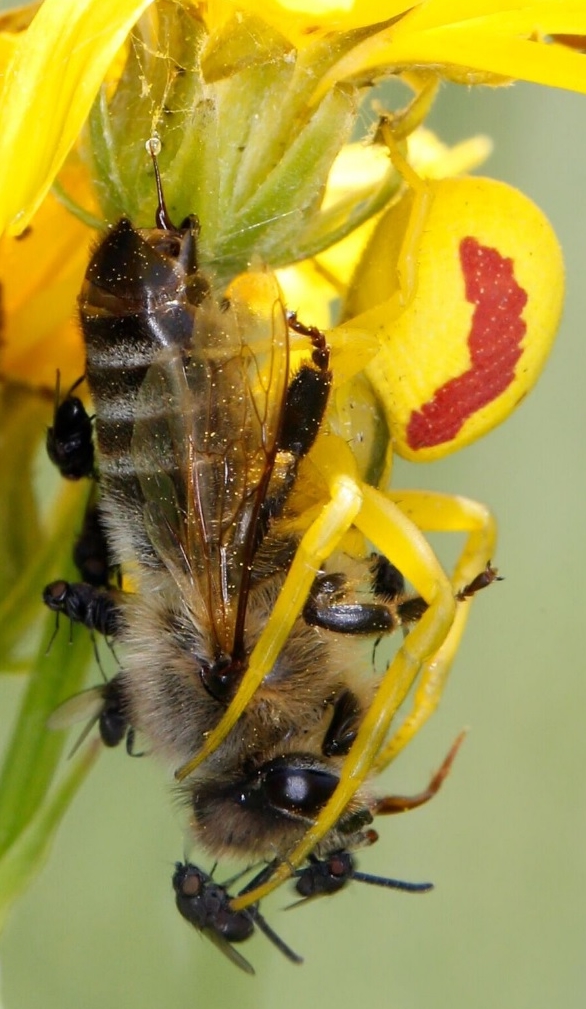
A flower exploits a fly’s penchant for stealing food from spiders in order to get pollinated.
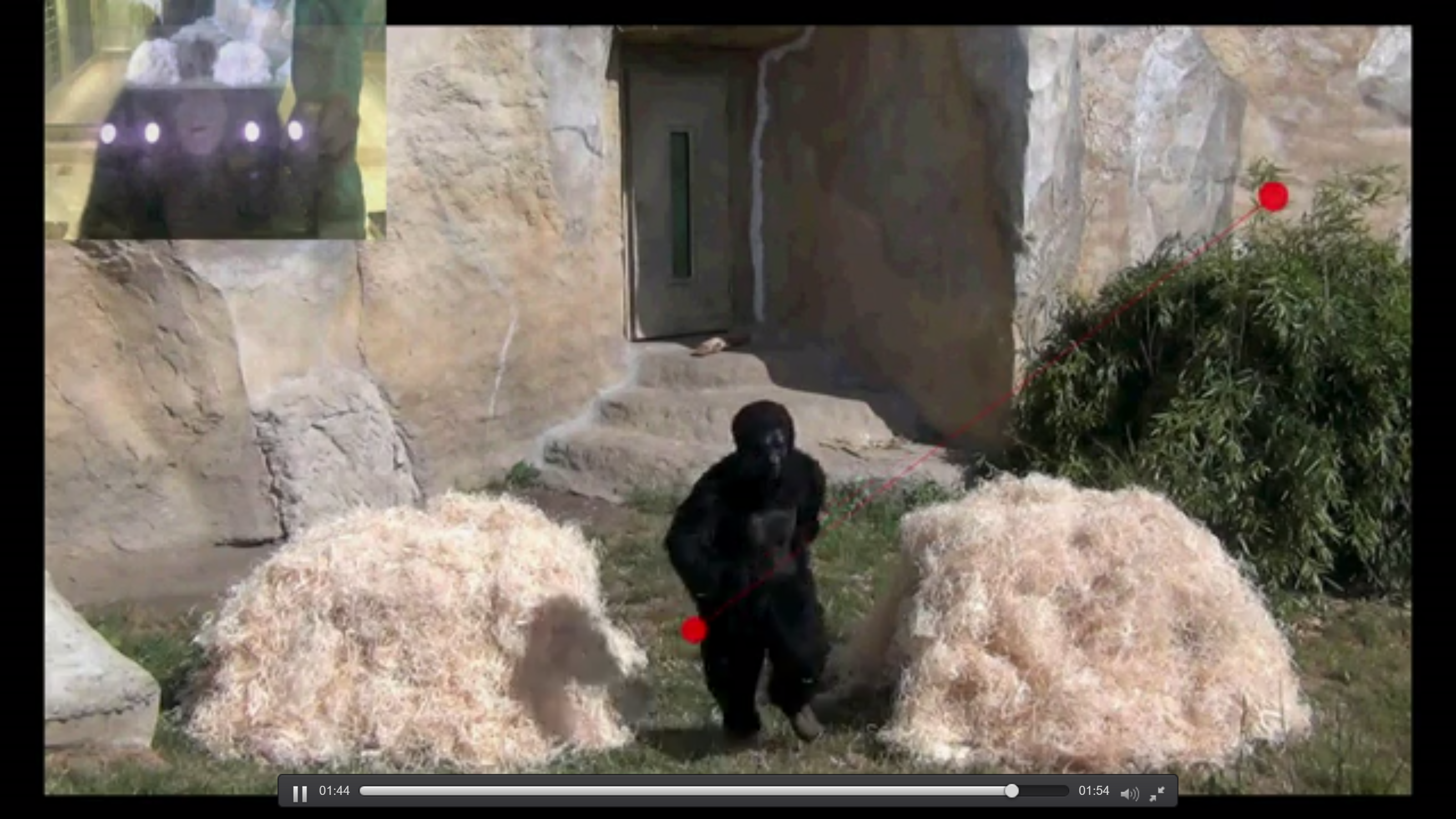
Chimpanzees, bonobos, and orangutans exhibit a very "human" trait: an awareness that others can act on false beliefs about reality.

Each bottlenose dolphin makes up its own signature whistle early in life which functions much like a name.
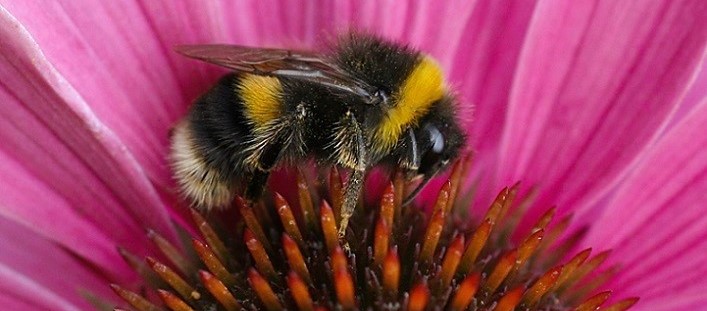
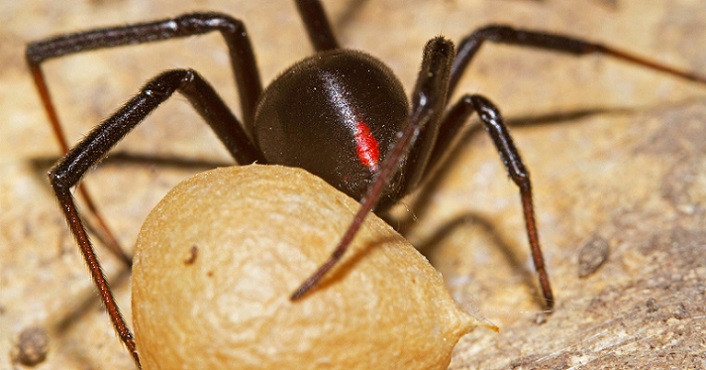

Bowhead whales in the Arctic Ocean sing a large variety songs to communicate with other whales.
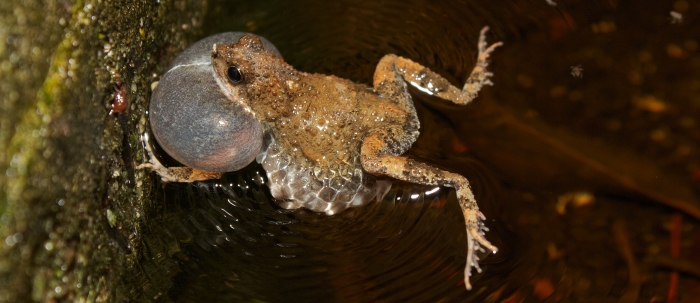
Noise caused by humans is invading natural ecosystems, but some animals have multiple sensory systems to deal with it.
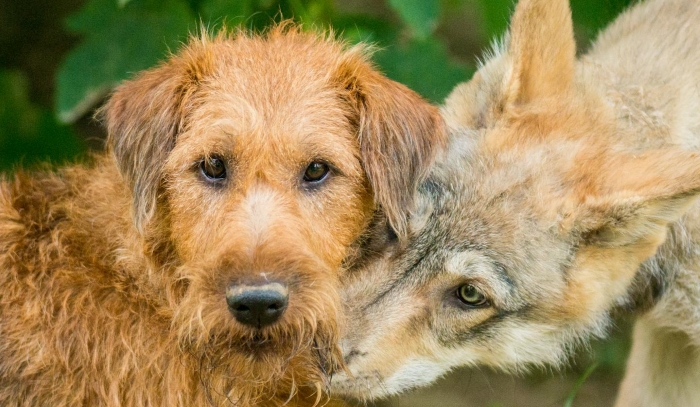
Does their divergent evolution affect risk-taking behavior in dogs and wolves?

Both dogs and people use the left hemisphere of their brains the process words and the right to process intonation.
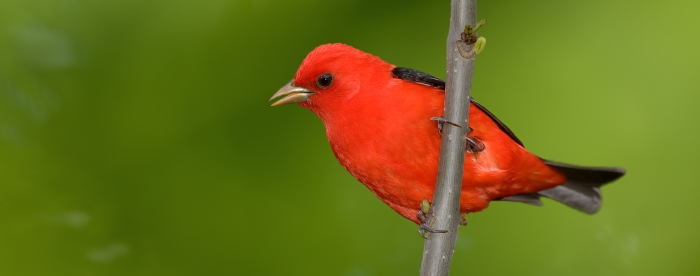
Climate change could be leading to food shortages for migrating birds.
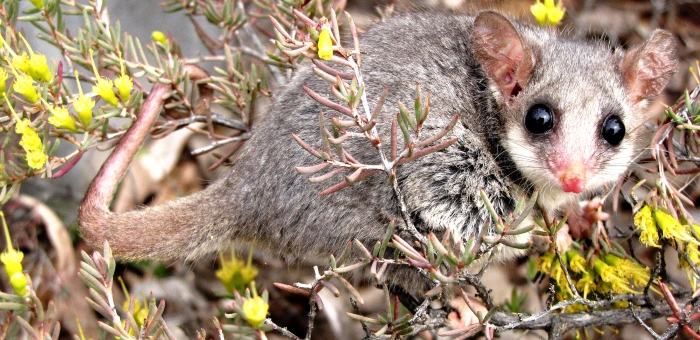
Under certain circumstances, small hibernating animals can wake up to escape from forest fires.
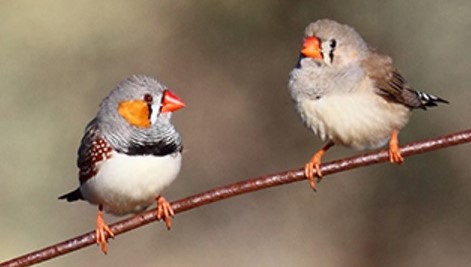
An Australian bird’s special call warns its unhatched chicks of a hot climate.


The longest-lived vertebrate hangs out in the frigid waters of the North Atlantic.
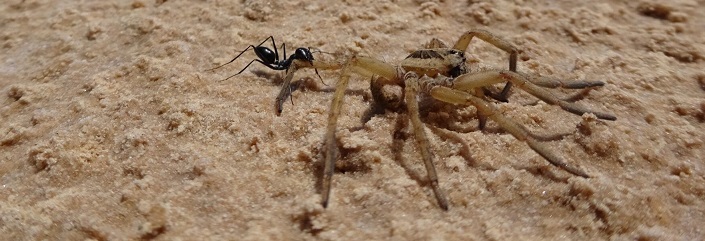
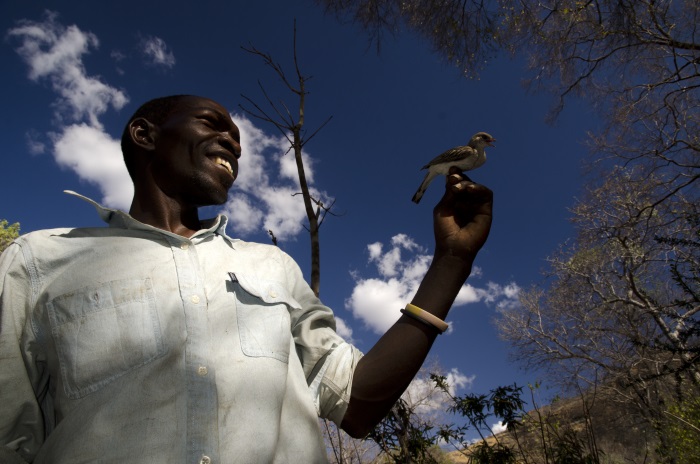
African honeyhunters use a special call to get birds to lead them to the location of hives full of nutritious honey.
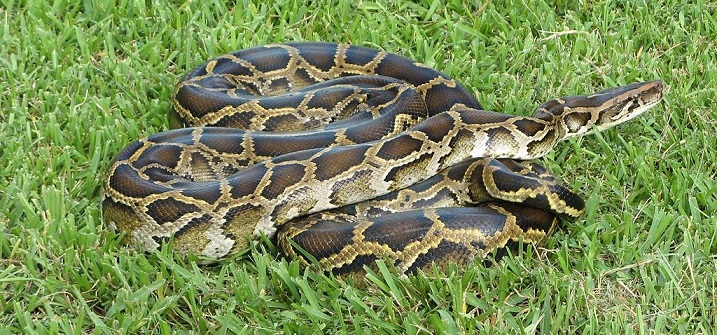

Researchers are using modern technology to track the movement of rats around New York City.

